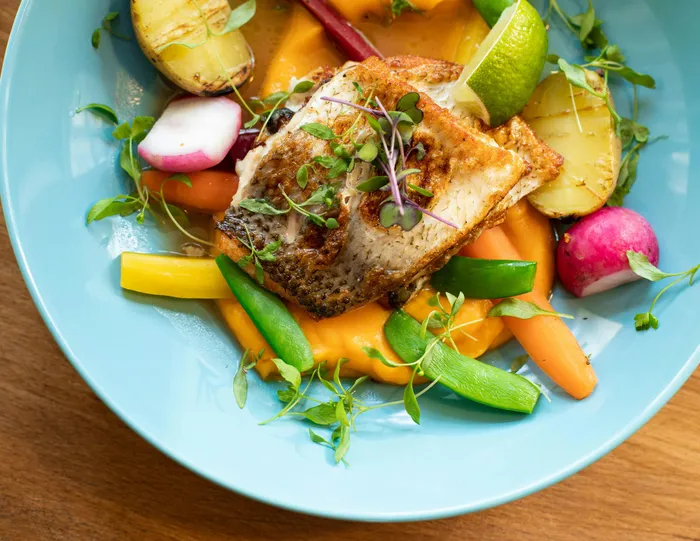Foods to eat and avoid on the paleo diet

Although the paleo diet isn’t proven to work, if you want to give this eating plan a try, you will need to prioritise fuelling up on lots of natural foods and natural fats. Picture: Pexels/Valeriya
The paleo diet has become popular because it is seen as a natural way of eating.
It is based on the diets of palaeolithic humans and focuses on increasing the consumption of meat, nuts, fresh fruit and vegetables. Also, it limits the number of grains and processed foods consumed.
Digging further deep into it, paleo is also known as the palaeolithic diet, Stone Age diet or caveman diet. The palaeolithic period of human history refers to a period before modern agriculture.
The paleo diet suggests many present-day illnesses and metabolic disorders occur because our bodies haven’t adapted from palaeolithic times to a modern diet.
Recently, the paleo diet has been heavily promoted by celebrities and health influencers.

Why would a modern human need to emulate an ancient diet, especially when we have access to a wider range of foods than our ancestors did? Plus, are there any benefits to following the paleo diet?
Well, long-term studies don’t offer much information on how the paleo diet affects health.
However, the diet has the potential to be a healthy way of eating. The typical paleo diet focuses on naturally raised meat and fish, as well as vegetables and fruits. It promotes avoiding dairy products and grains.
According to health experts, this diet can put you at risk for deficiencies in calcium and vitamin D, which are critical to bone health.
At the same time, you may consume saturated fat and protein far above recommended levels due to eating so much meat, and this can cause an increased risk of kidney and heart disease and certain cancers.
So there are benefits of the diet, but there is no clear scientific evidence for claims that it helps prevent or treat medical conditions. Much research is in favour of eating whole grains and legumes for health issues, such as reducing the risk of cardiovascular disease.

So, what can you eat?
Although the paleo diet isn’t proven to work, if you want to give this eating plan a try, you will need to prioritise fuelling up on lots of natural foods and natural fats, including options like fruits, vegetables, nuts and seeds, eggs, lean meats, especially grass-fed animals or wild game, fish, especially those rich in omega-3 fatty acids, such as salmon, mackerel and albacore tuna, and oils from fruits and nuts, such as olive oil or walnut oil.
What to avoid?
Foods that were not easily available to palaeolithic humans are off-limits in this diet. That means processed foods - many of which contain added butter, margarine, and sugar - should not be a part of the paleo diet.
The same goes for dairy, which may not have been accessible to palaeolithic humans. You may want to avoid grains, such as wheat, oats, and barley, legumes, such as beans, lentils, and peanuts, dairy products, such as milk and cheese, refined and added sugar, added salt, starchy vegetables, such as corn, peas, and white potatoes, and highly processed foods, such as chips or cookies.